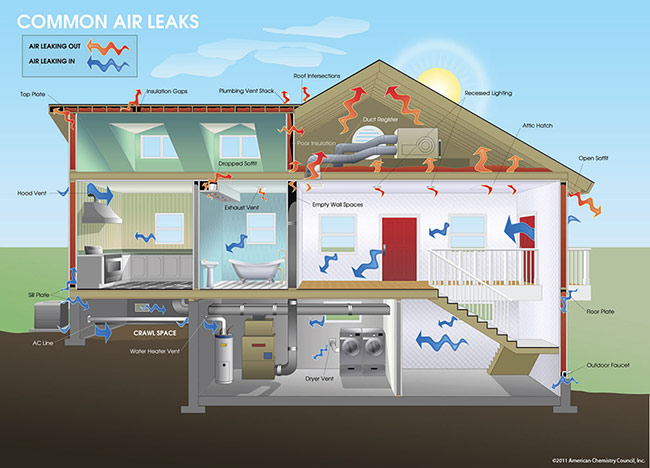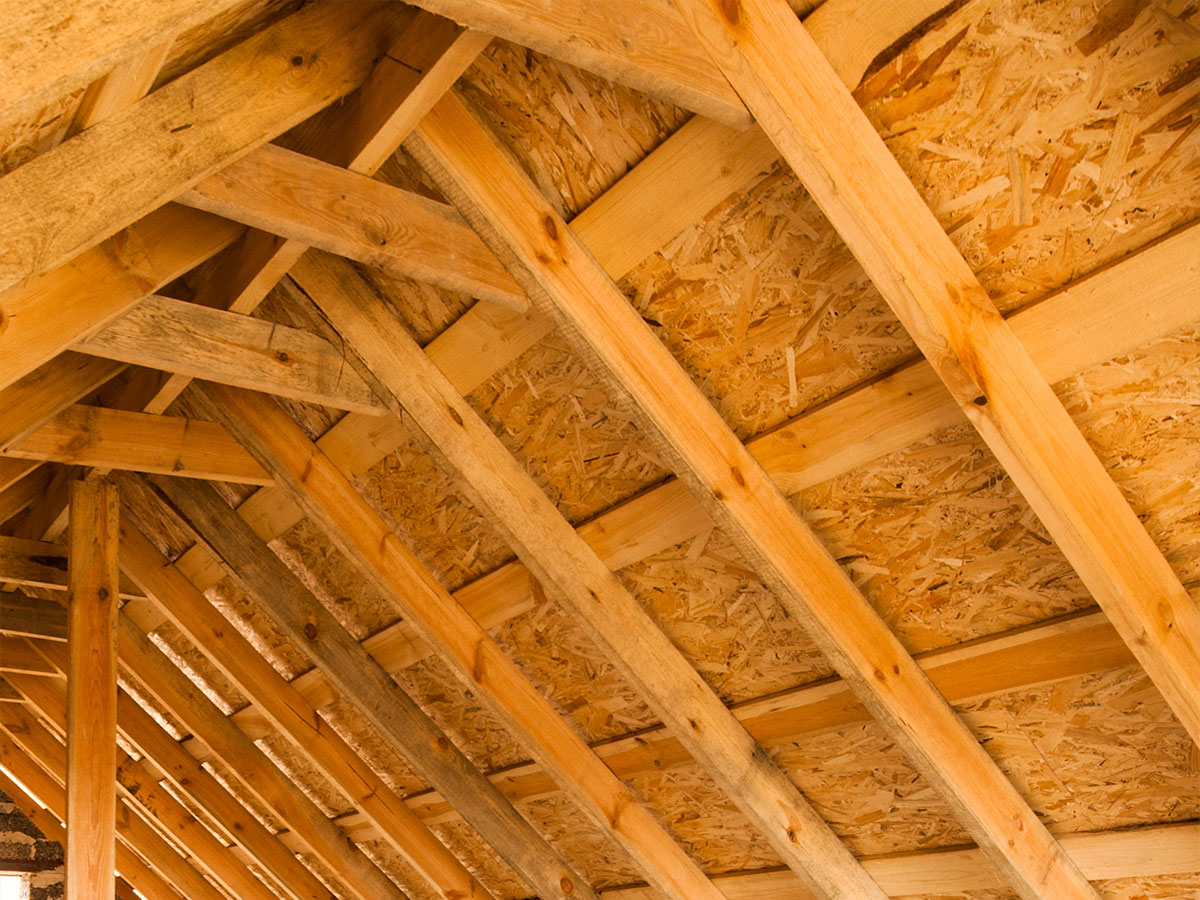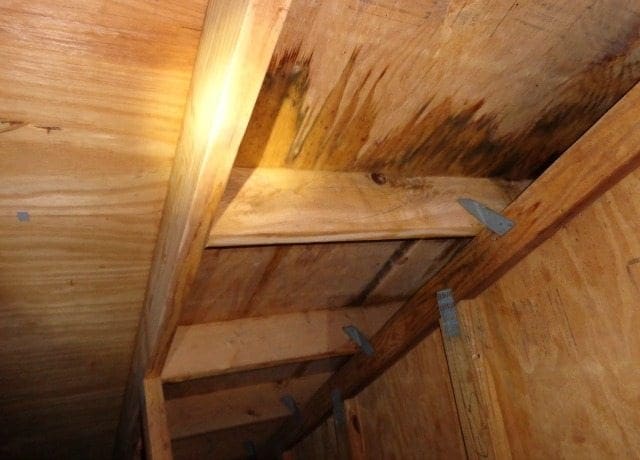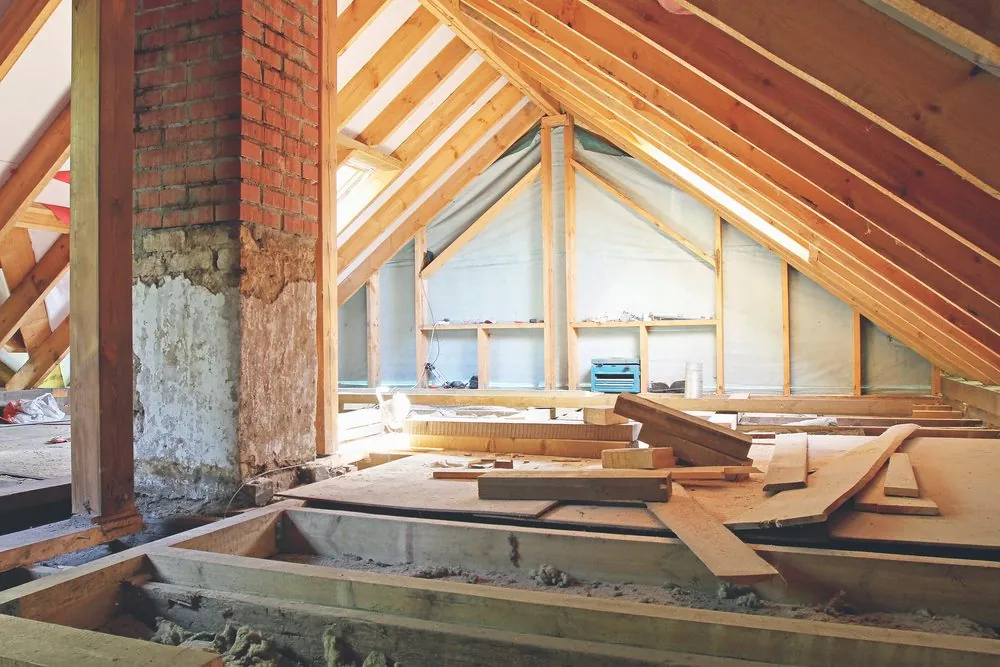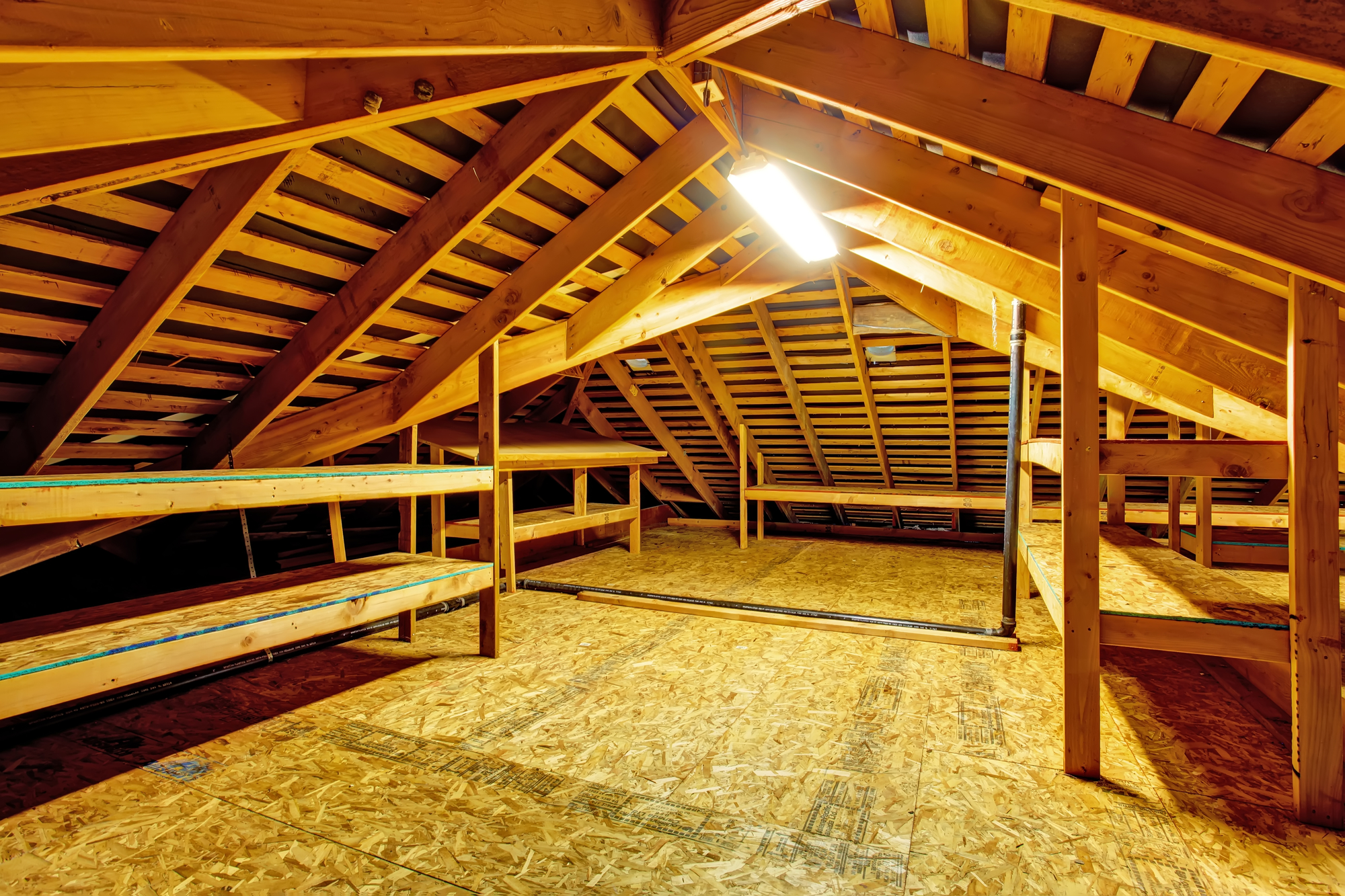If you have taken the proper steps to remove excess humid air from your home and you re still having condensation issues it might be time to check the attic insulation.
Checking attic leaks.
If you do not have built in pull down stairs then use a sturdy ladder to access the attic area.
Insulation is responsible for keeping warm air inside your living space and out of the attic where it can lead to condensation.
While lights are on in the home observe from the attic crawlspace or basement any light from the interior of the house shining through gaps and cracks.
Don t go crazy with the water.
Check the duct joints.
The location of the actual entry point of the water into the attic space may be slightly different than where the leak.
This air leaks into your attic space and never reaches your living area which.
Inspect your attic insulation.
If you don t want to wait for rain to look for the leak try bringing the garden hose up on the roof.
The greater the amount of air that s flowing through the easier it will be to find air duct leaks.
Visual inspection for gaps and cracks.
Where you see light shine through that spot has an air leak.
The spots where two air ducts connect are common places for leaks to occur.
If the water meter test indicates a leak inside your home check the cabinets under the kitchen laundry and bathroom sinks to make sure they re dry.
Investigate appliances and fixtures.
Review the active leak and note the surface where the leak is dripping from.
How to check a leaking duct in the attic.
Attic condensation is due to humid air leaking or vented into the attic.
Have a helper stationed in the attic with a flashlight looking for moisture.
If your hvac system isn t blowing air when you re checking your ductwork you won t be able to locate less obvious leaks.
Examine the entire attic roof underside surface for evidence of water intrusion.
Go into your attic and locate the source of the leak on the underside of the roof deck using the measurements taken from your home s living space.
Run the water over the place where you think the leak might be located.
You may see stained or discolored wood areas that will lead you to the source of the leak.
See basic ladder safety if you intend to use a ladder.
Check for air leaks.
Just be careful when you get up walk crawl around in an att.
